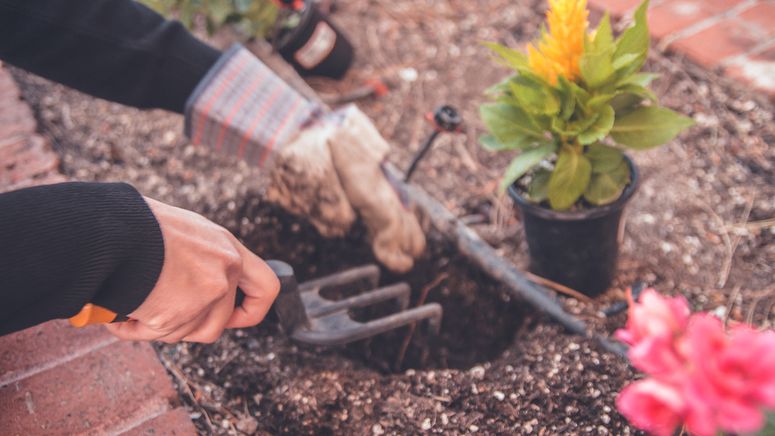It’s no surprise that residential aged care is expensive, not to mention a bit complicated. Of course, in almost all cases the costs are worth it: it’s not just room and board, but a high level of professional care within a ready-made community of residents. But the question is, how are you going to pay for it?
It’s a classic ‘piece of string’ question: the answer will depend on your current living situation, your assets, and the conversations that you have with your family. In Australia, there are systems in place that mean that access to aged care is possible, no matter who you are. Here’s a wrap-up of your options.
1. Funding your care yourself
One of the main principles of residential aged care in Australia is that if you can afford to cover the costs yourself, that’s exactly what you have to do. Fair enough.
For people who have a healthy level of savings and assets, paying for residential aged care is a fairly simple proposition, even if daily fees are typically much higher for people in this situation. Initial and ongoing fees are simply paid at the appropriate time. If you’re in this boat, you don’t even need to bother with the annoying paperwork associated with accessing government subsidies, which means big savings in bureaucratic wrangling.
2. Getting help from the government
Most of us will need some support to cover the cost of care, so arranging an Aged Care Assessment and completing Centrelink’s Income and Asset Assessment form is unavoidable. Bugger.
But once you’ve jumped through these bureaucratic hoops, you’ll know exactly what you can get from the government, and what your daily fee should be, based on your financial situation. If you’ve narrowed down your choices of residential aged care homes, you’ll have a good idea of what you can afford. It might not be silver service, sherry on tap and daily massages, but there’s sure to be a shortbread biscuit and a warm cup of tea when you want it.
Call My Aged Care on 1800 200 422 to arrange your Aged Care Assessment.
3. Borrowing against your home
Many older Australians own their own home, and for lots of people, the family home is their biggest (or only) asset of value. If the term “asset rich, cash poor” applies to you, it’s possible to access some of the value of your home to help fund the cost of residential aged care.
With a reverse mortgage (aka equity release loan), you can borrow from 15 to 40 per cent of your home’s value using the equity in the home as security, and repay the loan in total (including principal, accrued interest and fees) when the home is finally sold. Yes, the interest changes can build up over time, but government legislation ensures that they can’t accumulate to the point where your home has negative equity – ie, the sum owed is greater than the value of the property.
These are complex transactions, and – if the Royal Commission into financial services taught us anything – it’s worth getting advice from a trusted advisor, and then maybe double-checking with another trusted advisor!
4. Additional help in special circumstances
Of course, not everyone has a home they can use to cover their care costs. Even with government subsidies, some people simply don’t have the means to cover the RADs, DAPs and other costs associated with residential care. And that’s why every accredited aged care home has to offer a proportion of their beds to people who fit into the ‘low means’ category.
While the details are typically complicated, basically a low-means resident only pays the Daily Accommodation Contribution, and this amount is set based on their income (usually the pension), as assessed by Centrelink.
So while the various costs you need to pay for residential aged care can be hard to get your head around, there are financial supports in place to make sure you can access the care you need.
Learn more about assessments and government subsidies
Frequently Asked Questions
Do I need to sell my home to pay for aged care?
A: Not necessarily. There are options to keep your home while funding care, such as renting it out or using financial products. Advice can help you explore alternatives.
What are some strategies to reduce assets before entering aged care?
A: Strategies may include gifting, restructuring investments, or using trusts. However, these must be done carefully to avoid penalties or affecting eligibility for subsidies.
How can I protect my family’s inheritance when entering aged care?
A: A financial adviser can help you structure payments and assets to preserve inheritance, while still meeting aged care costs and complying with government rules.

Get financial advice and guidance for transitioning family members to an aged care facility
Clarity Aged Care Advisors, in partnership with DailyCare




